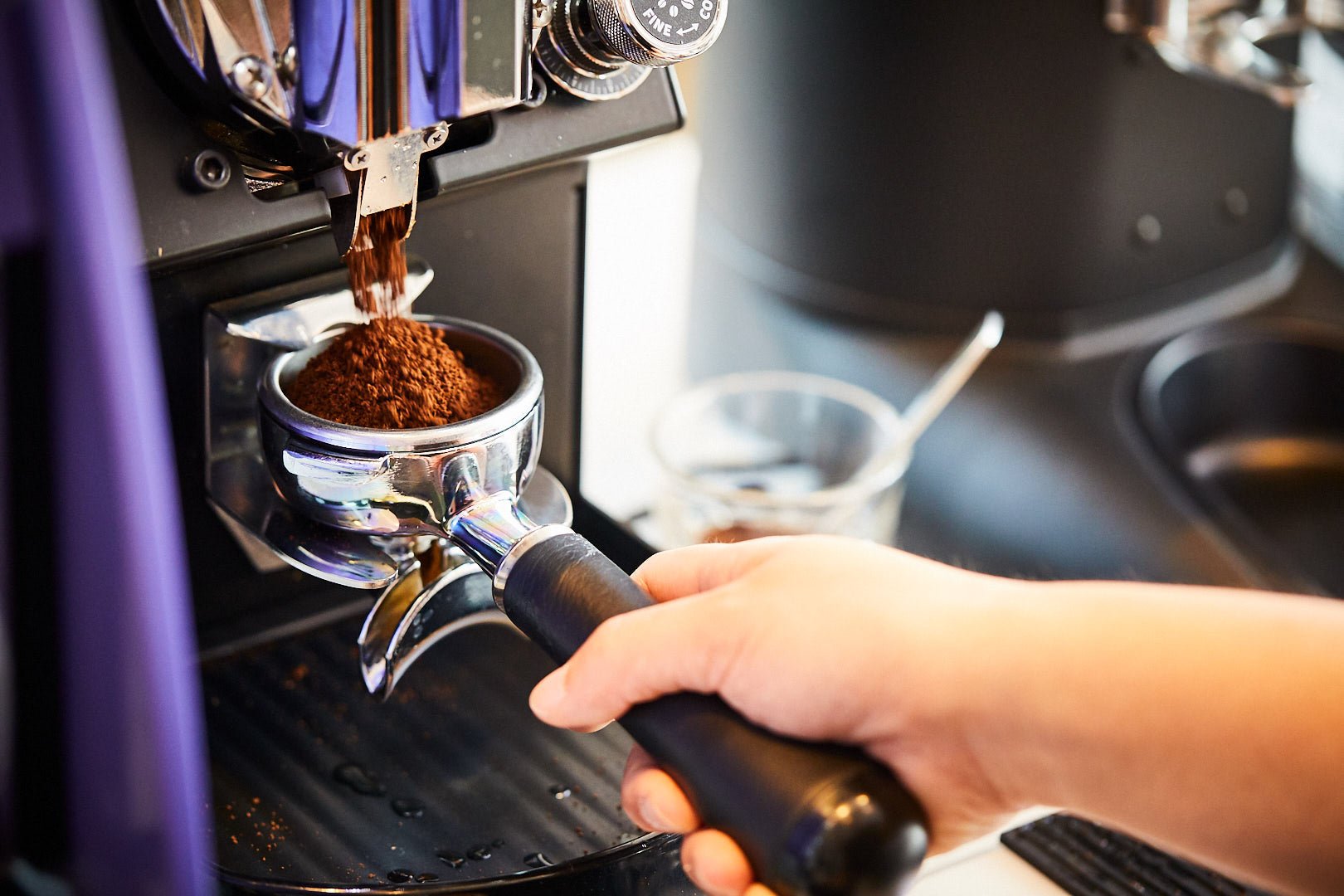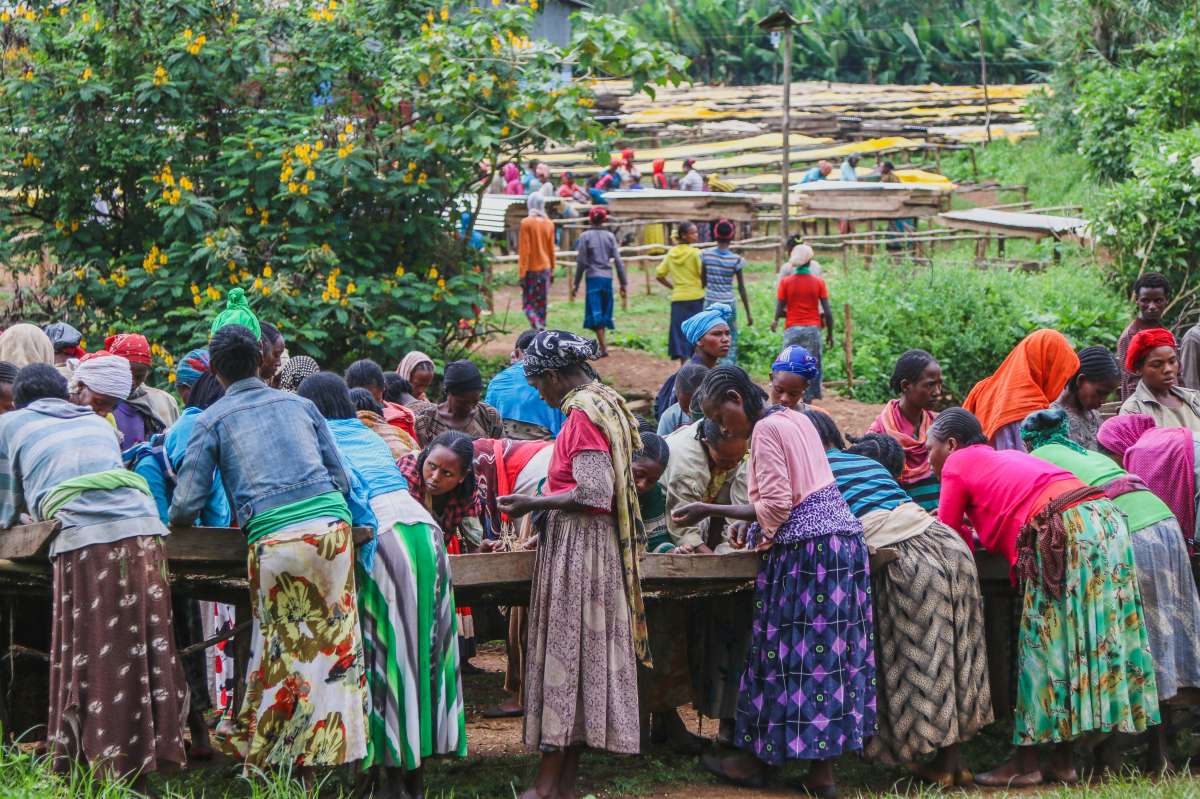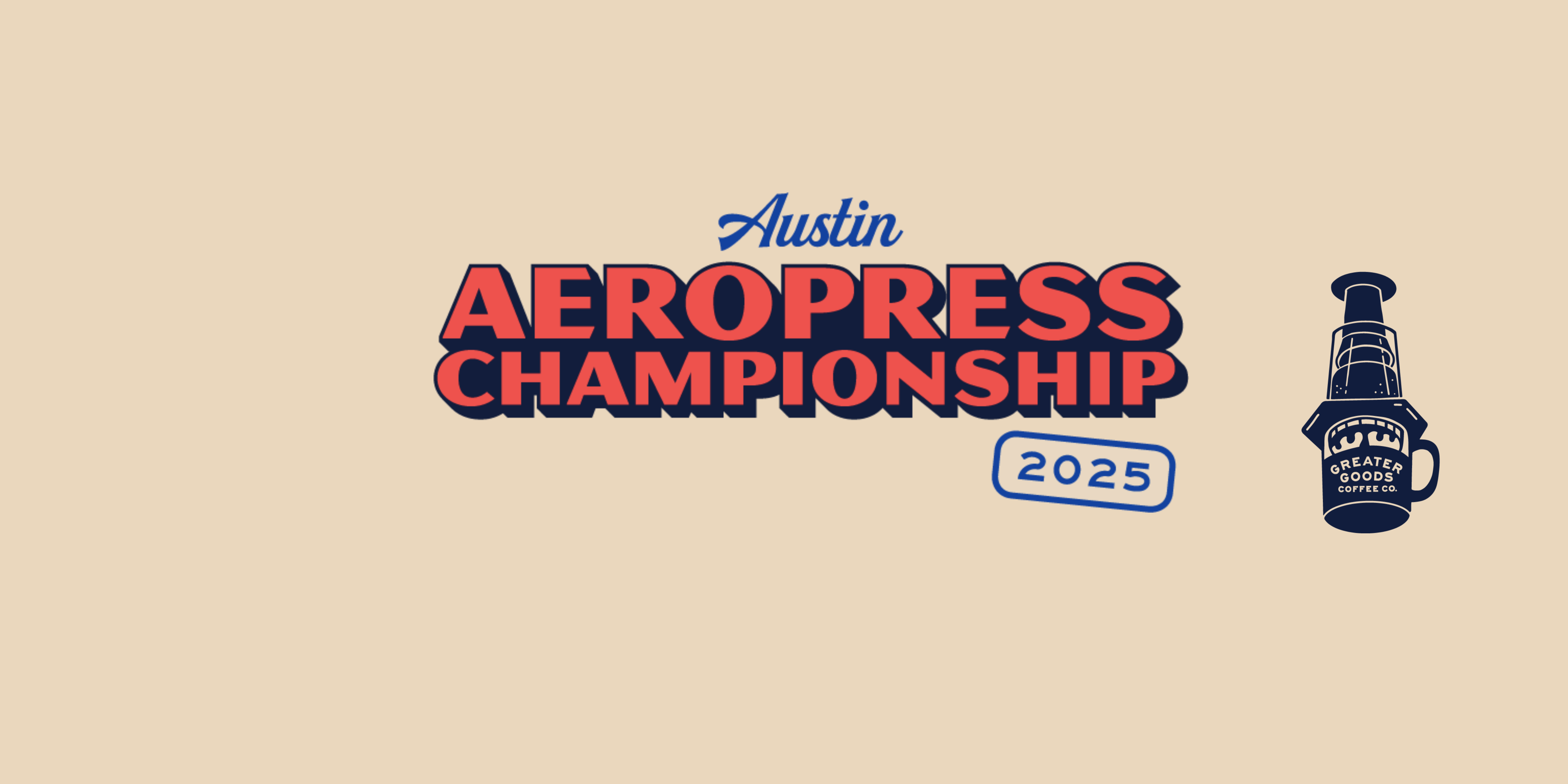...and Why Does It Cost More?
"A cup of coffee used to cost me 20 cents, and a pound of coffee used to cost me a dollar!" This is one of my dad's favorite things to say. Every time I buy a bag of coffee in his presence, he shakes his head in bewilderment. When we go to a cafe, he stares at the menu in shock. Granted, my dad's talking about drinking coffee in the 60s. When you adjust for inflation, that 20-cent cup of coffee would cost about $1.75 today, and the $1 bag would be $8.75. But some specialty shops charge $3+ for a cup and $20+ per 12oz bag. What gives? Is modern coffee a rip off?
First off, let's remember what coffee was like back in the 60s. Post World War II, technological advancements helped instant coffee gain in popularity, and increasing demand had coffee companies looking for reliable-yet-affordable supply. The large coffee companies figured out that they could cut costs by blending in Robusta beans. Robusta is a hardy and high-yielding coffee species, but the taste - oof. It’s bitter and earthy at best, and reminiscent of a raging fire at a tire store at its worst. So - yeah, coffee was cheap. But it was also more functional than flavorful.
 The roots of specialty coffee started to take hold in the 70s and 80s. The Mr. Coffee drip coffee maker was invented, making it easier for people to make a decent cup of coffee at home. Coffee houses like Peet’s and Starbucks entered the scene, selling freshly roasted, small batch beans. These shops took sourcing more seriously, and piqued customer interest as to origin, roast, and flavor details. Robusta fell out of favor for obvious reasons, and coffee house brands began using Arabica only.
The roots of specialty coffee started to take hold in the 70s and 80s. The Mr. Coffee drip coffee maker was invented, making it easier for people to make a decent cup of coffee at home. Coffee houses like Peet’s and Starbucks entered the scene, selling freshly roasted, small batch beans. These shops took sourcing more seriously, and piqued customer interest as to origin, roast, and flavor details. Robusta fell out of favor for obvious reasons, and coffee house brands began using Arabica only.
Since then, the continuing popularity of coffee house culture and increasing transparency in the supply chain has led to big improvements in farming, processing, roasting, and beverage crafting. The differences between this kind of coffee and the stuff that the big commodity brands were selling became striking enough that a group called the Specialty Coffee Association was formed to “make coffee better by raising standards worldwide through a collaborative and progressive approach.” They quantify the taste and cleanliness of specialty as:
1. Coffee that scores 80 points or above on a 100 point flavor scale
2. Green (raw) coffee that has 0 primary defects and less than 5 secondary defects

Specialty coffee on the left, commodity coffee with defects on the right
It takes a lot of work, by a lot of different people, to hit those marks. Specialty farmers grow their coffee in select altitudes and climates, hand-pick at the peak of ripeness, and meticulously process and sort their lots. Specialty green buyers are often licensed tasters and graders. Similar to wine sommeliers, they have expertly-trained palates that allow them to professionally evaluate and score coffee. Specialty roasters carefully develop recipes for each coffee they work with, applying knowledge of thermodynamics and coffee chemistry to ensure that each batch brings out the best flavor characteristics. And finally, specialty baristas are trained in espresso, brewing, and extraction metrics to ensure that customers are served amazing cups of coffee, every time. They are the industry’s coffee ambassadors, sharing knowledge about origins, roasts, flavor profiles, and brew methods with the public.
Last, but definitely not least, many modern-day specialty roasters opt to pay higher prices to ensure social and environmental responsibility. If we want people to keep growing excellent coffee, we need to ensure that farmers receive living wages and benefits. And given that coffee-growing regions tend to be home to delicate ecosystems, it’s our job to support conservation and reforestation efforts at origin. Climate change is real, y’all, and if we’re not careful, it’s coming for our coffee.
Let’s break it down. Though we can’t speak for all specialty roasters, we can tell you what it takes to produce a bag of Greater Goods coffee. The coffee must be:
- Sourced from farms that provide fair wages, offer benefit programs, maintain excellent quality control standards, and protect the environment.
- Exported and imported via reliable sources that will maintain the integrity of the product.
- Roasted in small batches by professionals who fine-tune recipes for each lot.
- Flavorful and clean enough to score 80 or above on the SCA scale. (Most of our coffee is 84+)
So, if you get sticker shock when you pick up a bag of Panamanian Gesha or Yemen Haraaz, just remember that your dollars are supporting social responsibility, agricultural stewardship, environmental sustainability, and product quality. And that's a pretty good deal.


 Drying coffee on raised beds in Ethiopia. Photo courtesy of
Drying coffee on raised beds in Ethiopia. Photo courtesy of 
